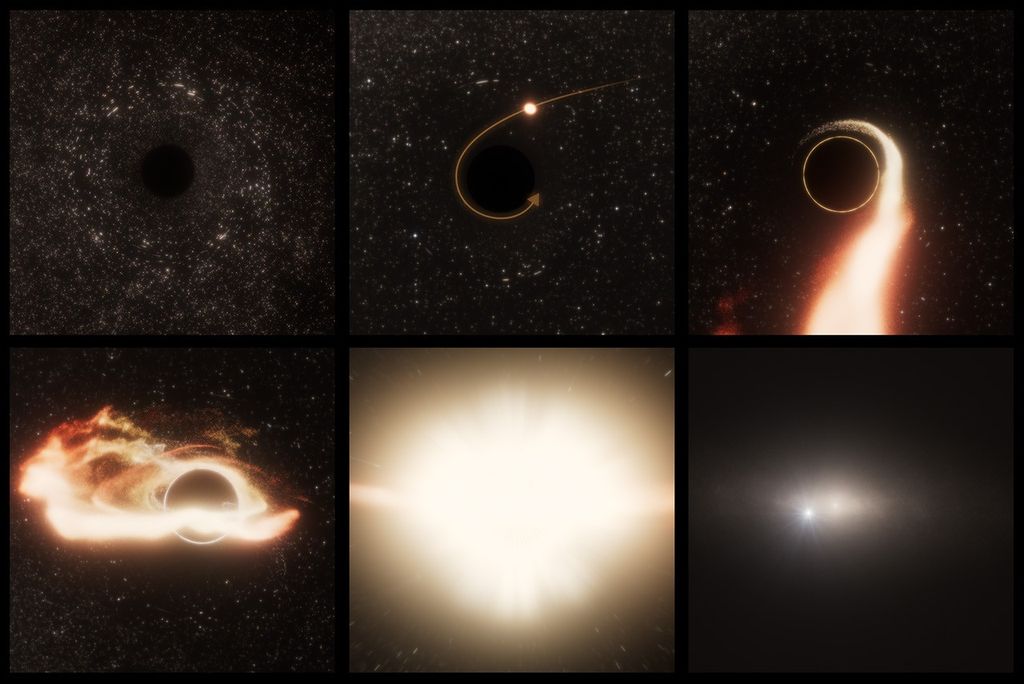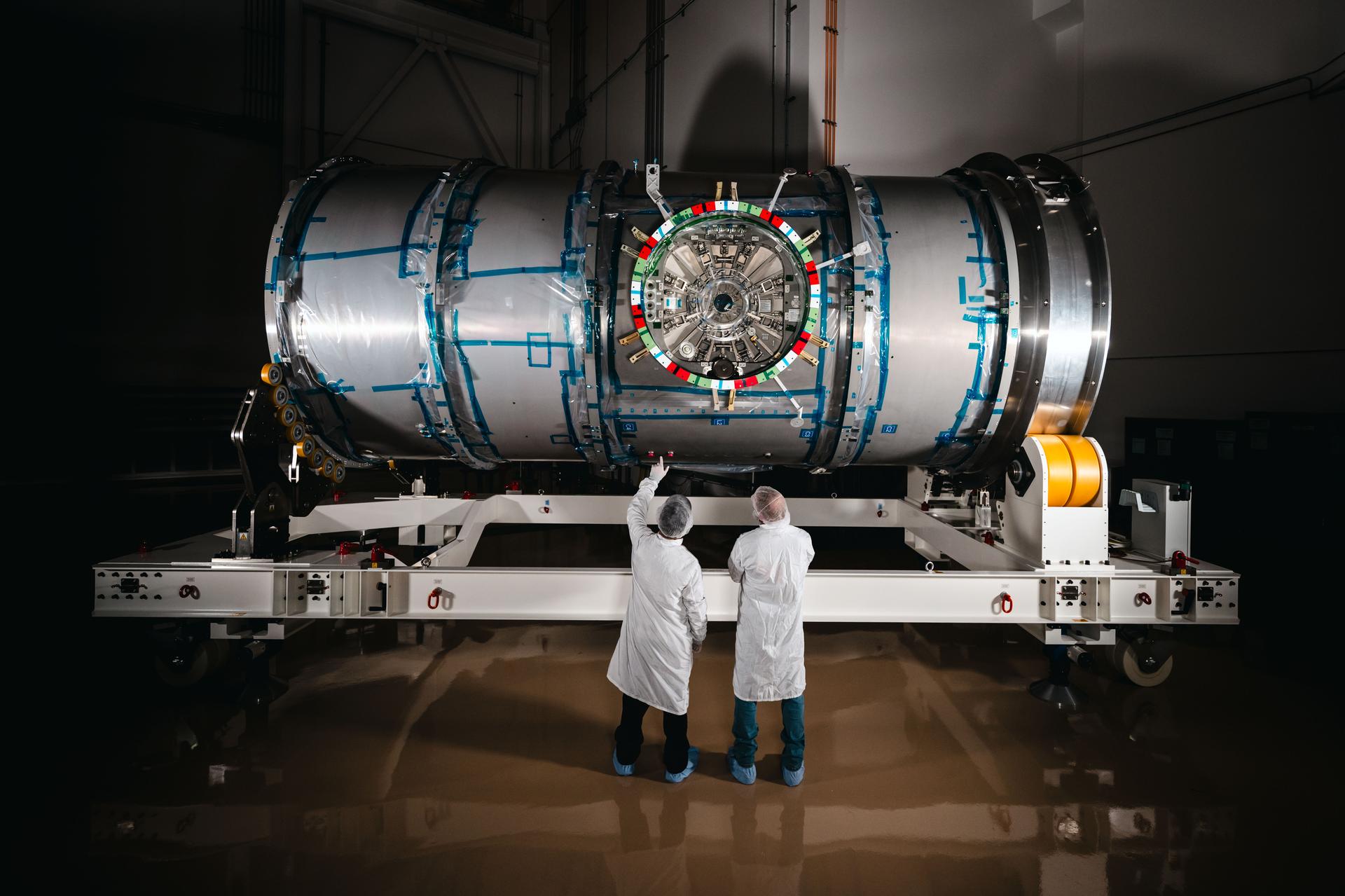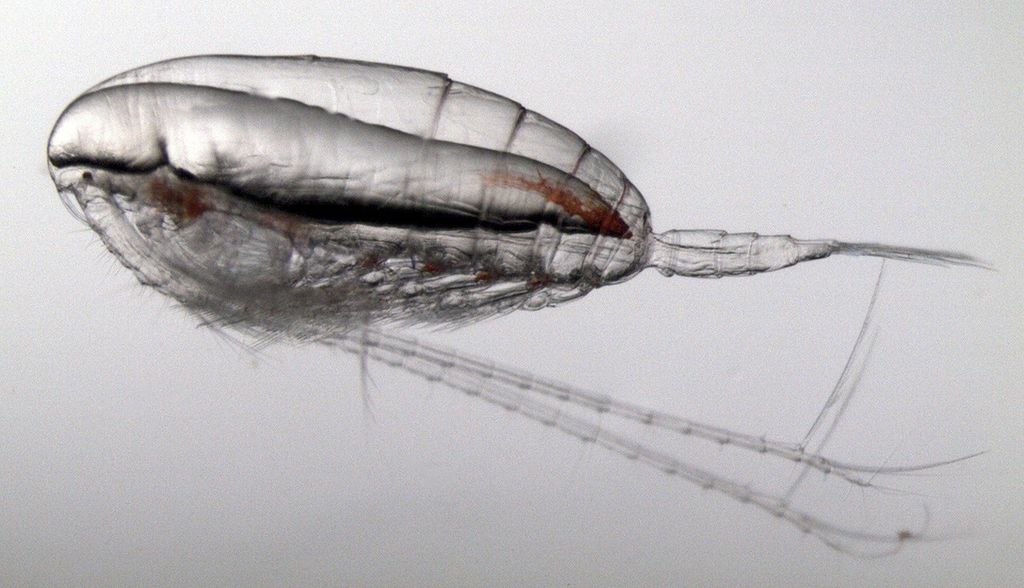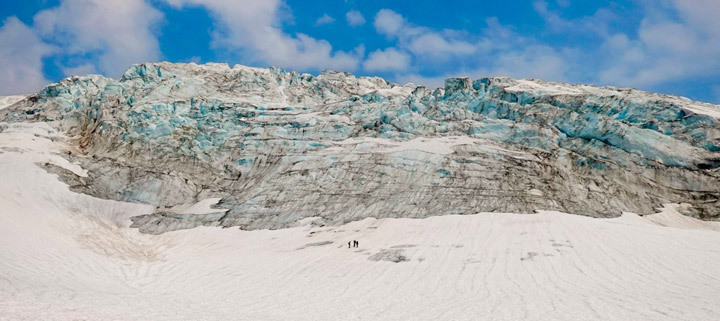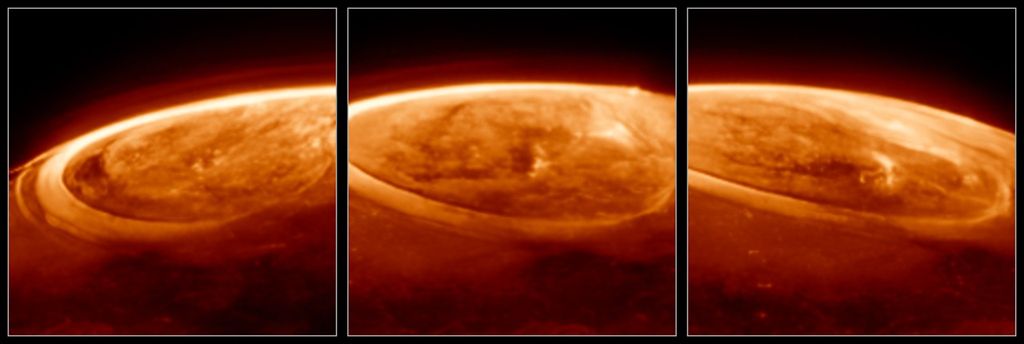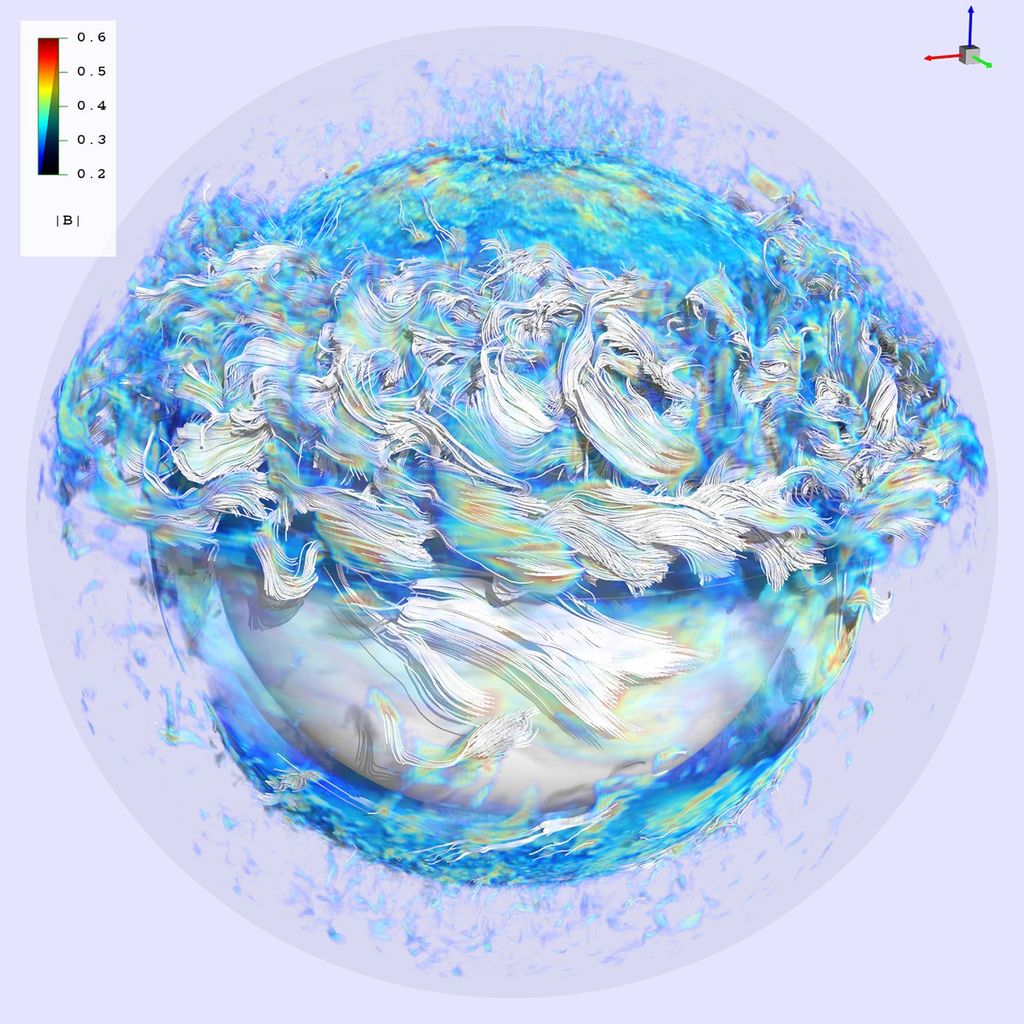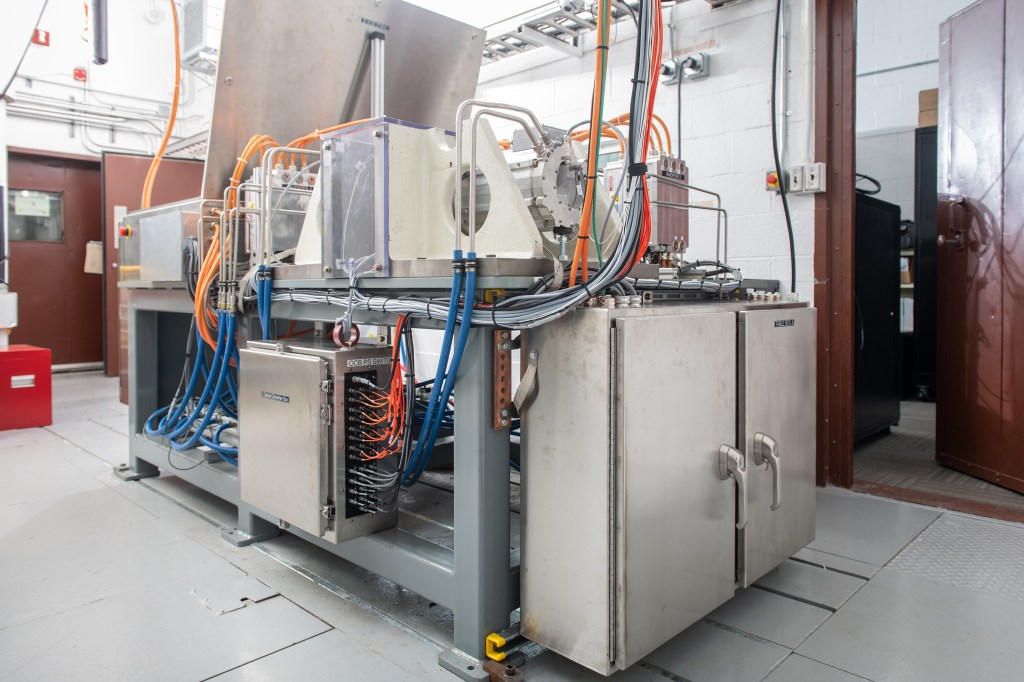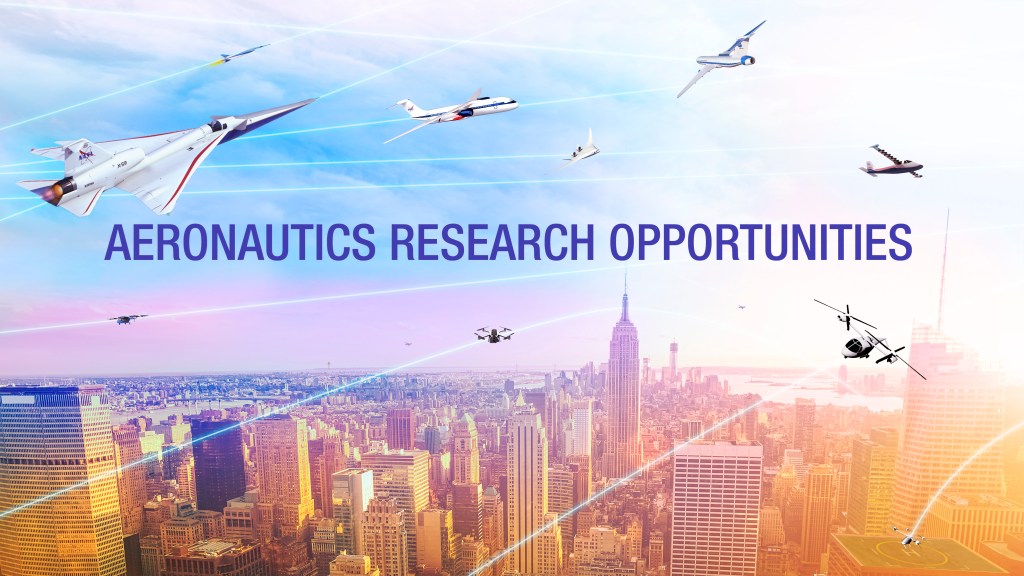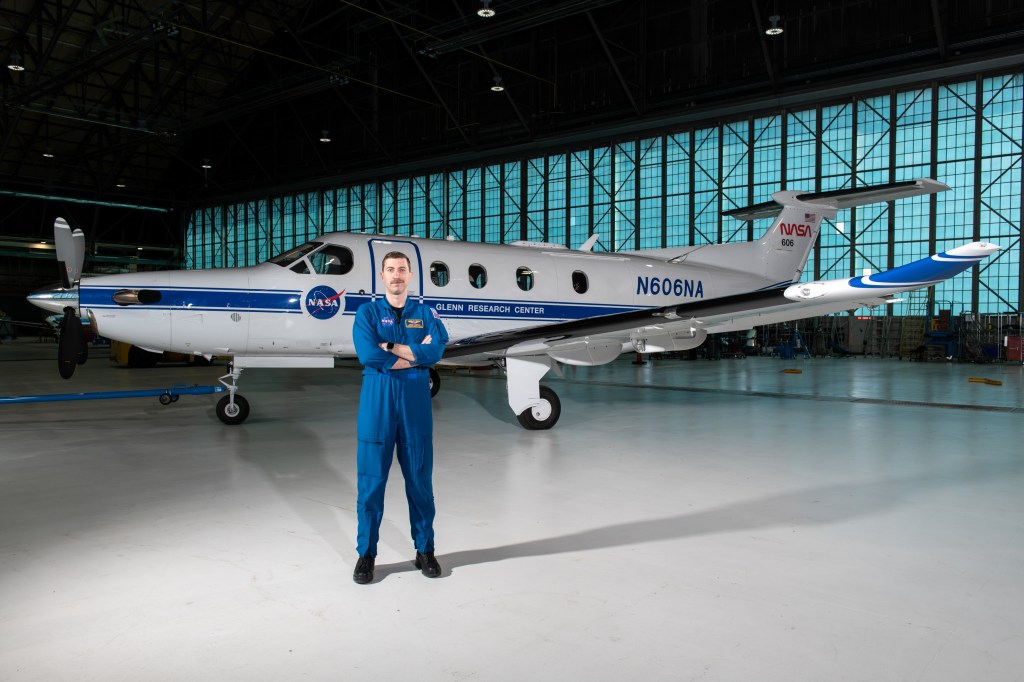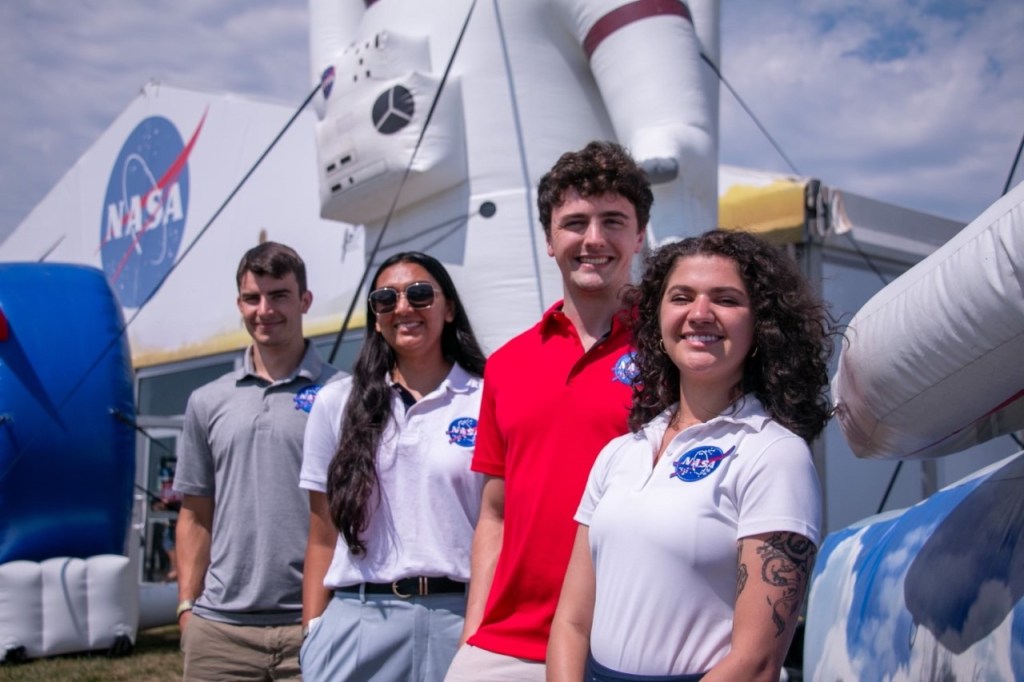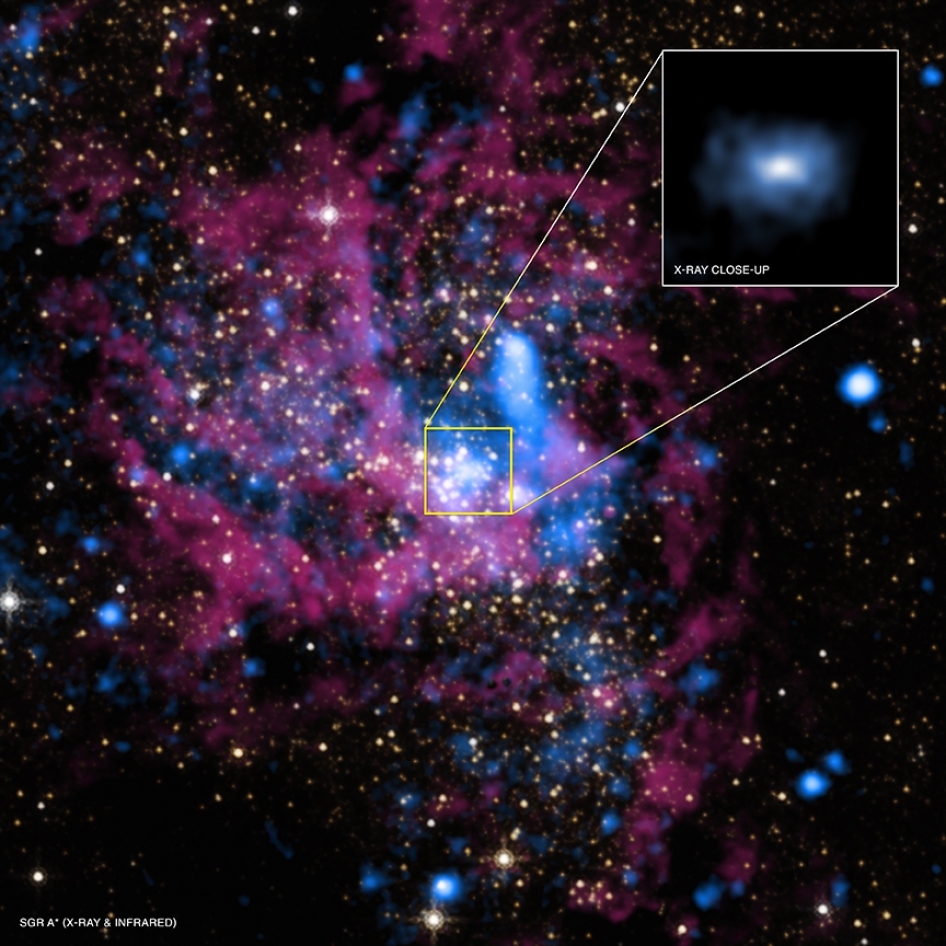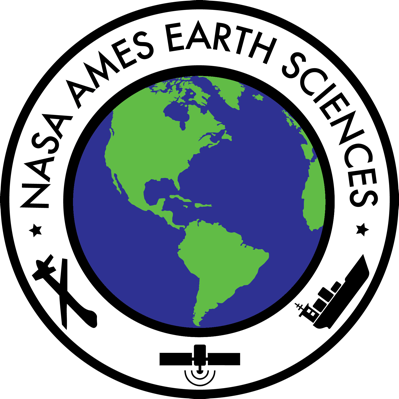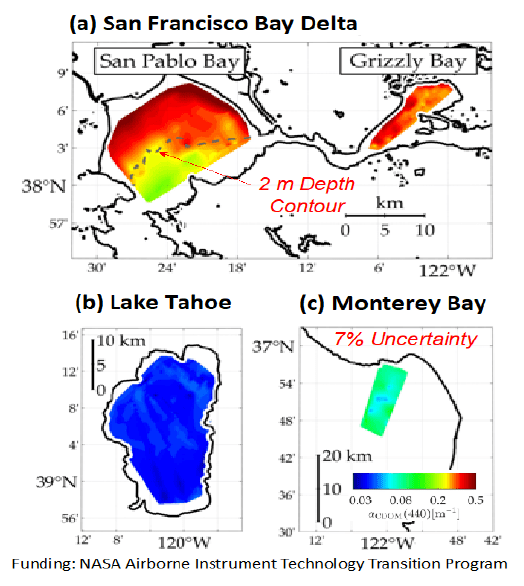Significant announcements:
24th April 2020
NASA Live coverage: Earth Day (50th anniversary) on 22 April 2020: NeMO-Net Launch.
- NASA Administrator Jim Bridenstine was joined by Ames Earth Science Division’s Ved Chirayath for the official Launch of NeMO-Net. NeMO-Net Is an award-winning benthic habitat mapping citizen science virtual game environment, NASA invites the public to embark on virtual ocean research expeditions to help map coral reefs around the world to better understand these threatened ecosystems. NASA has 3D images of the ocean floor, including corals, algae and seagrass, but the data alone do not tell the whole story of what’s happening to the corals beneath the waves. NASA asks the players to virtually “dive” to the Earth’s coral reefs within NeMO-Net, to help train NASA’s Pleiades supercomputer at Ames to recognize corals from any image of the ocean floor based on coral classifications players make by hand. NeMO-Net is a product of Ved Chirayath’s group in the Ames Earth Science Division. NeMO-Net is funded by the AIST program and is available for multiple platforms.
NeMO-Net was also featured on “This Week @NASA” produced by NASA Television (April 17 segment). Archived coverage: https://youtu.be/zFKND-X-0I8
Administrator Bridenstine also highlighted how NASA’s remote sensing data are being used to improve water management through the OpenET project that Ames Earth Science’s Forrest Melton is spearheading in collaboration with the NASA Earth Exchange (https://etdata.org). Link: https://www.nasa.gov/ames/las - The Western Water Applications Office (WWAO) Navajo Drought project was featured as the image of the day on the Earth Observatory website on Monday 4/20/2020. This includes multiple images and a brief story about the project and relevance to Applied Sciences.
Link: https://earthobservatory.nasa.gov/images/146565/tracking-water-for-the-navajo-nation - NASA Ames is still at Level 4, the highest level in the NASA Response Framework to pandemics – Major adjustments in work style, focus and schedules due to the COVID-19 distancing protocols – ESPO managed NASA airborne missions and other programs and projects at ARC are experiencing major schedule delays due to COVID-19. Ames staff are focusing on data analysis, publications/proposals/reports writing, and computer-aided design work. Staff is continuing telework and managing workflows and productivity while travel, lab work and mission-critical flight and instruments work are on hold. Several teams are now actively engaged in responding to the short-fuse Announcement of Opportunity (AO) from HQ – Rapid Response to the COVID-19 Pandemic (ROSES2020, A.28) – and other proposal preparation activities. Some submitted concepts have already received a go-ahead from HQ, to develop a full proposal.
Link to Rapid Response AO: https://nspires.nasaprs.com/external/viewrepositorydocument/cmdocumentid=742447/solicitationId=%7B3F3DFBFB-8FEE-F317-63FD-CB84ECA833EC%7D/viewSolicitationDocument=1/RRNES_NSPIRES%20note_v4.pdf
17th April 2020
- NeMO-Net calls on “Gamers, Citizen Scientists to Help Map World’s Corals” – and thousands respond around the globe.
The April 9, 2020 NASA press release resulted in intense media coverage world-wide (over 30 articles in ~20 languages), ~9,500 app downloads, and over 10,000 transects have already been classified in this first week alone.
In this award-winning benthic habitat mapping citizen science virtual game environment, NASA invites the public to embark on virtual ocean research expeditions to help map coral reefs around the world to better understand these threatened ecosystems. NASA has 3D images of the ocean floor, including corals, algae and seagrass, but the data alone do not tell the whole story of what’s happening to the corals beneath the waves. NASA asks the players to virtually “dive” to the Earth’s coral reefs within NeMO-Net, to help train NASA’s Pleiades supercomputer at Ames to recognize corals from any image of the ocean floor based on coral classifications players make by hand. NeMO-Net is a product of Ved Chirayath’s group in the Ames Earth Science Division NeMO-Net is funded by the AIST program and is available for multiple platforms.
NeMO-Net is scheduled for public launch on Earth Day, April 22, 2020. It will be covered by NASA Science Live TV on launch day, and an interview with Science Magazine is scheduled. April 9 press release: https://www.nasa.gov/press-release/nasa-calls-on-gamers-citizen-scientists-to-help-map-world-s-corals/ Link: https://www.nasa.gov/ames/las
- NASA Ames is still at Level 4, the highest level in the NASA Response Framework to pandemics – Major adjustments in work style, focus and schedules due to the COVID-19 distancing protocols – ESPO managed NASA airborne missions and other programs and projects at ARC are experiencing major schedule delays due to COVID-19. Ames staff are focusing on data analysis, publications/proposals/reports writing, and computer-aided design work. Staff is continuing telework and managing workflows and productivity while travel, lab work and mission-critical flight and instruments work are on hold. Several teams are now actively engaged in responding to the short-fuse Announcement of Opportunity (AO) from HQ – Rapid Response to the COVID-19 Pandemic (ROSES2020, A.28) – and other proposal preparation activities. Some submitted concepts have already received a go-ahead from HQ, for a full proposal.
Link to Rapid Response AO: https://nspires.nasaprs.com/external/viewrepositorydocument/cmdocumentid=742447/solicitationId=%7B3F3DFBFB-8FEE-F317-63FD-CB84ECA833EC%7D/viewSolicitationDocument=1/RRNES_NSPIRES%20note_v4.pdf
- Surface Biology and Geology (SBG) Mission Study –Liane Guild (SGE) is serving on the first SBG Architecture Design Session Review (virtually) 14-16 April. SBG is in Phase 2 since October 2019. The Design Sessions are milestones for SBG to evaluate architecture elements (small and medium spacecraft options, constellations, wide or narrow swath VSWIR design, and whisk- or push-broom TIR imagers) for refinement.
Link: https://science.nasa.gov/earth-science/decadal-sbg
9th April 2020
- Introductory Webinar: Using the UN Biodiversity Lab to Support National Conservation and Sustainable Development Goals – Applied Remote Sensing Training (ARSET), an Applied Sciences program in Earth Science, held the webinar on 24 March, 31 March, and 7 April 2020. Live sessions with Q&A were offered in English, Spanish, and for the first time French. These sessions combined netted a record-breaking 1,700 online participants from over 125 countries and 1,000 unique organizations. This introductory-level training came as the result of a collaboration between ARSET and the UN Development Programme (UNDP) and trains participants on the use of the new UN Biodiversity Lab (https://www.unbiodiversitylab.org/) interface in relation to conservation goals. The training was led by Amber McCullum (ARC) and Juan Torres-Pérez (ARC), and was supported by Brock Blevins (GSFC), Selwyn Hudson-Odoi (GSFC), Ana Prados (GSFC), David Barbato (GSFC), and Jonathan O’Brien (GSFC). Link: https://arset.gsfc.nasa.gov/land/webinars/un-biodiversity-2020
- The Swift Engineering Ultra Long Endurance UAS (SULE) is ready to fly. SULE is a prototype high-altitude long-endurance aircraft funded by NASA SBIR and managed at Ames, has conducted final ground check-outs and is ready to fly at the New Mexico Space Port as soon as travel restrictions are lifted. The first test will be a low-altitude check-out flight below 5000 ft. The second flight will demonstrate high-altitude operations with a 2-U cubesat developed at Ames. This vehicle will enable 30+ day earth observing missions to complement geostationary imagers while also enabling atmospheric sampling. POC: Matt Fladeland.
- An April 9, 2020 NASA press release on NeMO-Net calls on “Gamers, Citizen Scientists to Help Map World’s Corals”. NeMO-Net is scheduled for public launch on Earth Day, April 22, 2020. In this award-winning benthic habitat mapping citizen science virtual game environment, NASA invites the public to embark on virtual ocean research expeditions to help map coral reefs around the world to better understand these threatened ecosystems. NASA has 3D images of the ocean floor, including corals, algae and seagrass, but the data alone do not tell the whole story of what’s happening to the corals beneath the waves. NASA asks the players to virtually “dive” to the Earth’s coral reefs within NeMO-Net, to help train NASA’s Pleiades supercomputer at Ames to recognize corals from any image of the ocean floor based on coral classifications players make by hand. NeMO-Net is a product of Ved Chirayath’s group in the Ames Earth Science Division and will be covered by NASA Science Live TV on launch day, and an interview with Science Magazine is scheduled. NeMO-Net is funded by the AIST program, and will be available for multiple platforms.
Press release: https://www.nasa.gov/press-release/nasa-calls-on-gamers-citizen-scientists-to-help-map-world-s-corals/
Link: https://www.nasa.gov/ames/las - NASA Ames is still at Level 4, the highest level in the NASA Response Framework to pandemics. Major adjustments in work style, focus and schedules due to the COVID-19 distancing protocols – ESPO managed NASA airborne missions and other programs and projects at ARC are experiencing major schedule delays due to COVID-19. Ames staff are focusing on data analysis, publications/proposals/reports writing, and computer-aided design work. Staff is continuing telework and managing workflows and productivity while travel, lab work and mission-critical flight and instruments work are on hold. Several teams are now actively engaged in responding to the short-fuse Announcement of Opportunity (AO) from HQ – Rapid Response to the COVID-19 Pandemic (ROSES2020, A.28) – and other proposal preparation activities.
Link to Rapid Response AO: https://nspires.nasaprs.com/external/viewrepositorydocument/cmdocumentid=742447/solicitationId=%7B3F3DFBFB-8FEE-F317-63FD-CB84ECA833EC%7D/viewSolicitationDocument=1/RRNES_NSPIRES%20note_v4.pdf
2nd April 2020
- NeMO-Net, the award-winning benthic habitat mapping citizen science virtual game environment, is scheduled for public launch on Earth Day, April 22, 2020. NeMO-Net is a product of Ved Chirayath’s group in the Ames Earth Science Division, and will be covered by NASA Science Live TV on launch day. A special feature by NASA Ames will be released April 9, followed by an interview with Science Magazine. Link: https://www.nasa.gov/ames/las
- Major adjustments in work style, focus and schedules due to the COVID-19 distancing protocols – ESPO managed NASA airborne missions and other programs and projects at ARC are experiencing major schedule delays due to COVID-19. Ames staff are focusing on data analysis, publications/proposals/reports writing, and computer-aided design work. Staff is are continuing telework and managing workflows and productivity while travel, lab work and mission-critical flight and instruments work are on hold while NASA Ames is at Level 4. They are now actively engaged in responding to the short-fuse Announcement of Opportunity from HQ – Rapid Response to the COVID-19 Pandemic (ROSES2020, A.28). Link: https://nspires.nasaprs.com/external/viewrepositorydocument/cmdocumentid=742447/solicitationId=%7B3F3DFBFB-8FEE-F317-63FD-CB84ECA833EC%7D/viewSolicitationDocument=1/RRNES_NSPIRES%20note_v4.pdf
- C-AERO (Airborne Remote Sensing) measured oceanic, coastal, and inland waters in California including Lake Tahoe, Monterey Bay, and the Northern San Francisco Bay Delta area, for Calibration, Validation, and Research (CVR) in the 320-1,640 nm range. – PI Liane Guild together with a team from GSFC and UC Santa Cruz created data products from normalized water-leaving radiances, now submitted for publication (Houskeeper et al., submitted to: Remote Sensing of Environment).


